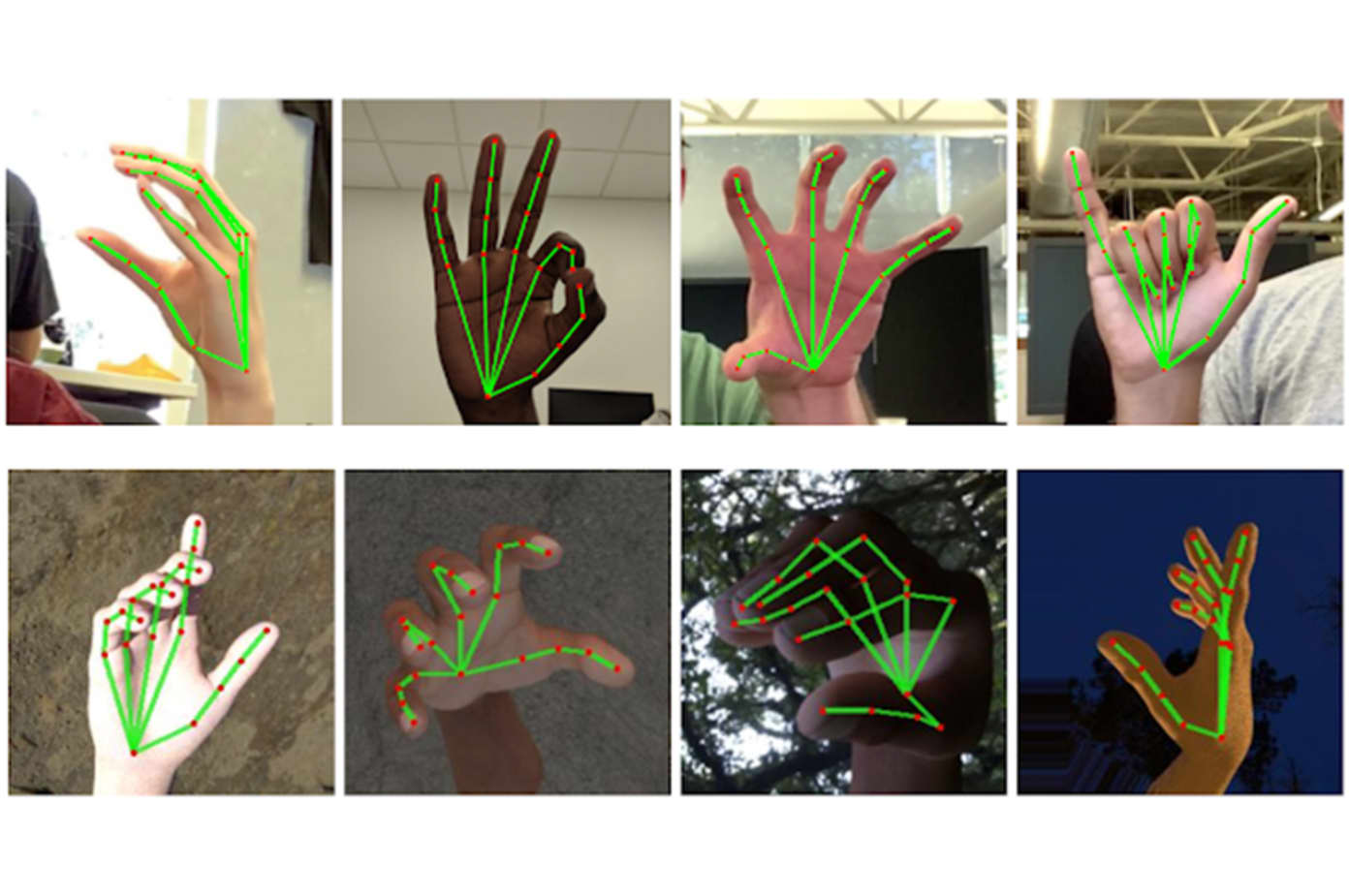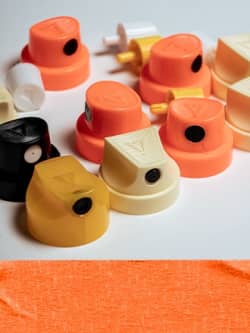AI Hand-Tracking for Sign Language Translation

People have been experimenting with AI tracking and Sign Language for some years now. While millions use Sign Language everyday to communicate, attempts to connect translation through technology with the language. Hopefully, that's all about to change with Google AI’s latest advancements.
Detailed in their latest blog post, Google boasts about a new technique that uses a few clever shortcuts and of course the increasing general efficiency of machine learning systems to produce, in real time, a highly accurate map of the hand and all its fingers, using nothing but a smartphone and its camera. 
One of the main issues machine learning has had with translating sign language in the past was the differing movements we make. Sometimes its fast and sometimes subtle, with this unpredictability throwing off technology. Another issue is being able to translate sign language in real-time, a much needed feature for everyday use.
Google improved the advancements towards AI Sign Language translation by limiting the amount of data the algorithm needs, thereby increasing its turnaround time. Instead of detecting the size and position of the whole hand, Google’s new AI just detects the palm of your hand.
Once the palm is recognised, the fingers and their 21 different points are analysed with the position of knuckles and finger tips all taken into account. They link the points of the different fingers to 30,000 images of hands in various poses and lighting situations, for the machine learning system to ingest and learn from.

Once the pose of the hand is determined, that pose is compared to a bunch of known gestures, from sign language symbols for letters and numbers to things like “peace” and “metal.”
The result is the fastest and most accurate Sign Language tracker to date. Adding to the achievement, you don't need a maxed out desktop PC, but merely your phone. With the source code open to everyone, let’s hope some clever people get behind it and create an app for everyone to download and use on their phones.
For more technical details and the source code, see Google AI's blog.













